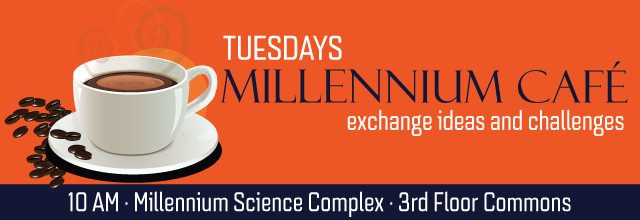
PlantVillage is the largest and most technologically advanced decision support system for smallholder farmers in the world. The biggest threat facing all farmers (smallholder farmers or otherwise) is climate change. We focus on climate change adaptation reaching 16 million farmers/week with expectations for a x10 increase in the coming 3 years. This number of farmers could be a massive assist in climate change mitigation. Farms in the global south could draw down and store carbon enabling a massive wealth transfer to solve poverty in a single generation. PlantVillage has won both the Student and Milestone Carbon XPRIZE and we are competing for the $50 million prize and we need your help: engineers, material scientists, dreamers. Come join us and save the world!
